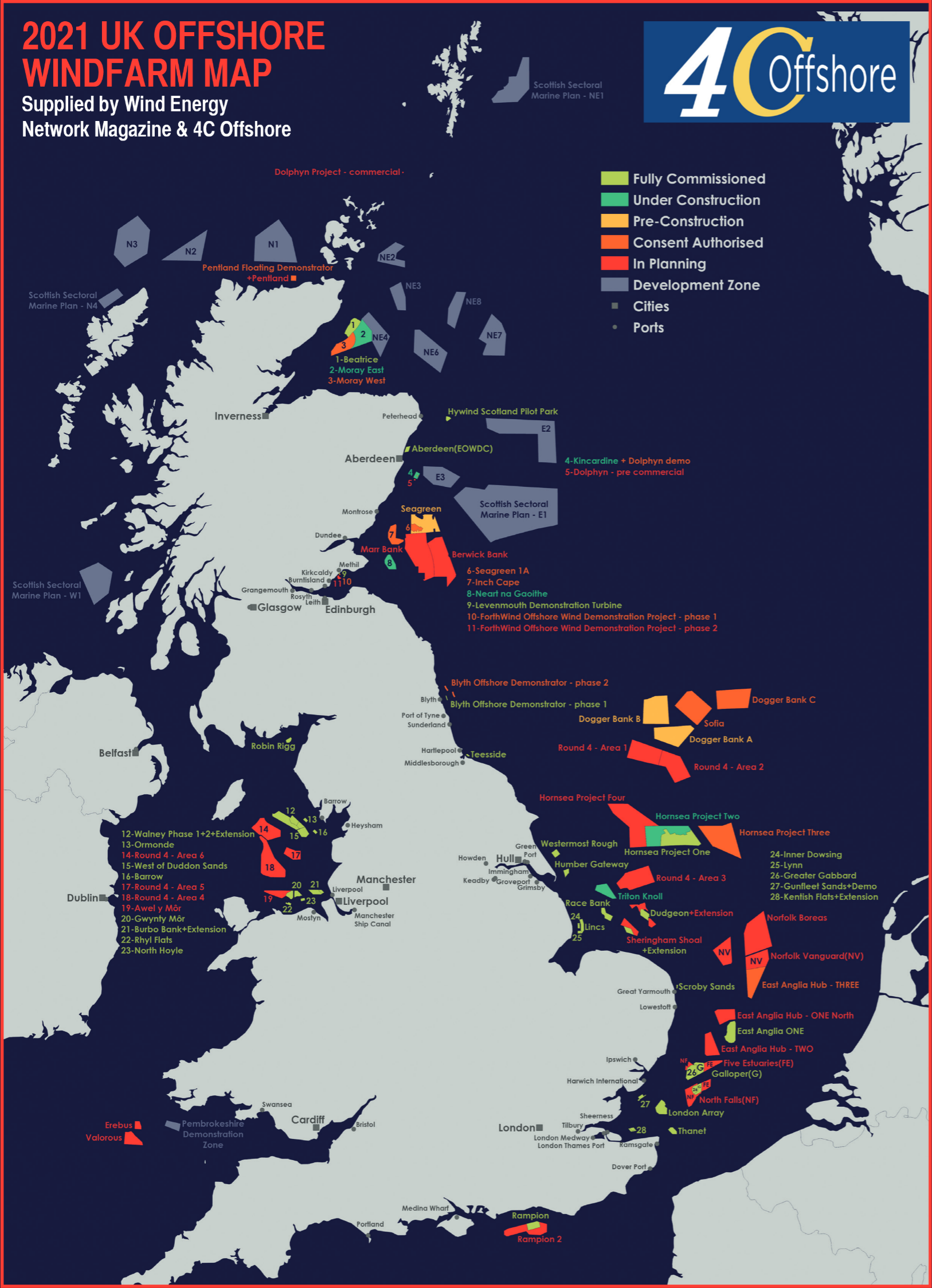This reminds me of
@WelshGas, someone who spent his professional life in healthcare, saying that smoking doesn’t cause cancer (arguing that since no one knows which 180 will self immolate, they are all healthy as opposed to all suspect.) It must be exhausting to expend the effort to deny the obvious, even though it has been extensively documented.
If it was the EGR solely at fault would you please, please explain why only SOME 180 engines are affected? I look forward to your expert opinion. NB CFCA engines from MY 2010 to 2012 are accepted as having a fault, admitted as such by VW. Not the case in this instance. I await your response...

vwcaliforniaclub.com
Drilling for oil using public subsidies, and then shipping it around the world, with all the disasters that this has caused, and then burning it in public when we would never tolerate burning it openly in our own homes, is only second in immorality to building a nuclear power plant to heat OUR homes for 40-50 years, while producing as a "waste" product (another lie, since this was all planned in order to produce nuclear warheads from supposedly innocent "civil" activity) the most toxic substance known to man with a half-life of 100 times the years since the birth of Christ. Fortunately our descendants will not have to deal with this since the human race will be extinct due to fouling its own nest. Good news, 250,000,000 years after the extinction of humans, the earth will be fine.
We really need to become a little more aware of what being egotistical means, namely, protecting our legacy by ensuring the continuity of the human race. Nature (God) couldn’t care less for those who don’t have the courage and generosity to protect not just themselves, but their children and their children's children.

















